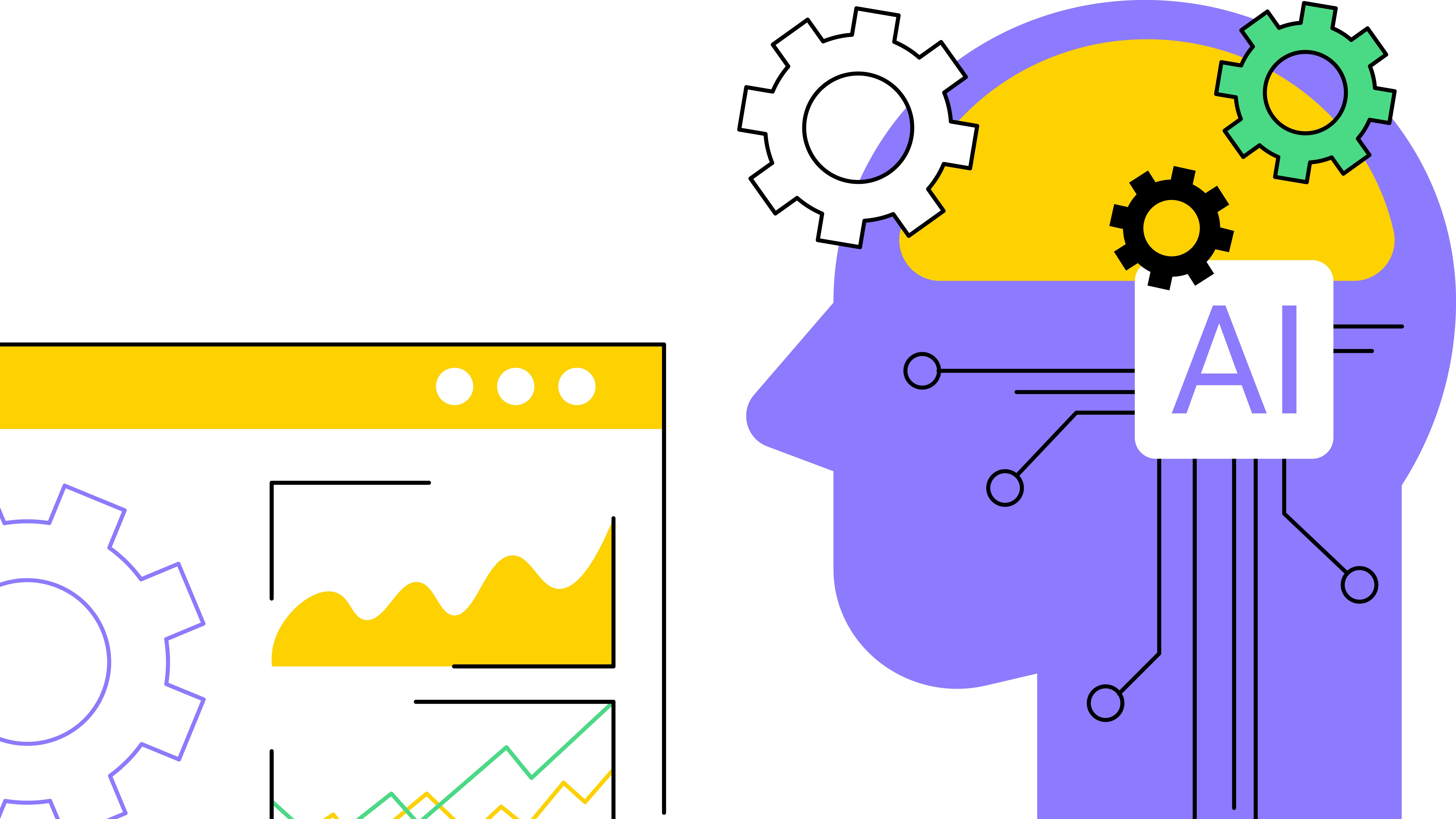Innovation at the Intersection: Adopting AI

Innovation is a core value at Humber Polytechnic and a cornerstone of the Humber Academic Plan 2023-2026. Our faculty are at the heart of this innovation ecosystem—tackling industry challenges, reimagining learning in the classroom, fostering deeper partnerships, and making a lasting impact.
In this series, Innovation at the Intersection, we explore innovative research projects that are driving positive change at Humber and beyond.
By Saran Davaajargal
A recent innovative initiative is the Artificial Intelligence (AI) Applications Acceptance Model. Researchers Jennie Miron, PhD, from the Faculty of Health Sciences & Wellness, and Mark Karam, MA, from the Faculty of Media, Creative Arts & Design, are analyzing the potential uses of AI models in educational settings.
The research project aims to test the effectiveness of the Artificial Intelligence Acceptance Model as an adapted tool. The team adapted a survey to examine the factors influencing faculty members’ intentions to use AI in their teaching practices. The study is expected to further the team’s understanding of the reliability and validity of the adapted tool, thereby enabling it to be utilized for a larger study later in the semester.
The findings from this pilot study could potentially aid in the development of a reliable and valid tool to be used in a larger Humber study that will analyze faculty members’ willingness to use AI tools in their classrooms. A qualitative component is expected to be added to the study to further examine if faculty require additional resources to feel more comfortable using AI in their teaching practices.
Reflecting on her motivations behind conducting this research project, Principal Investigator Jennie Miron states that generative AI has been described as a disruptor to the educational sector with opportunities and challenges. Jennie notes that, at the very least, genAI has proven to be a transformative force. It has created a demand for all post-secondary community members to learn more about its capabilities and limitations (Farrelly & Baker, 2023).
“Some academics warn that if we are not deliberate in our approaches to how we use genAI in learning settings and appreciate its ‘neutral and objective entity’ (Farrelly & Baker, 2023, p. 2), we may erode student learning and fail to help them achieve competence in its use in their future. To that end, I became interested in learning more about what would influence instructors’ intentions to incorporate genAI into their teaching practices and began a conversation with a colleague at Humber, Mark Karam, about how we might explore this area through research,” says Jennie.
She adds, “Research is an opportunity for us to explore and learn more about what is happening around us.”
The research team includes Hanan Karimah Kiranda from Humber’s research analyst program as a research assistant. Hanan shares that being a student research assistant in this research project has been a great opportunity to learn about the field of AI and to work alongside experienced professionals on the team.
“Through this experience, I have acquired quantitative and qualitative research skills, which are highly beneficial for Research Analysts. I have also developed independent research and writing abilities and a deeper appreciation for the research project process and management,” says Hanan.
References
Farrelly, T., & Baker, N. (2023). Generative artificial intelligence: Implications and considerations for higher education practice. Education Sciences, 13(11), 1109.
We acknowledge the support of the Natural Sciences and Engineering Research Council of Canada (NSERC). Nous remercions le Conseil de recherches en sciences naturelles et en génie du Canada (CRSNG) de son soutien.

